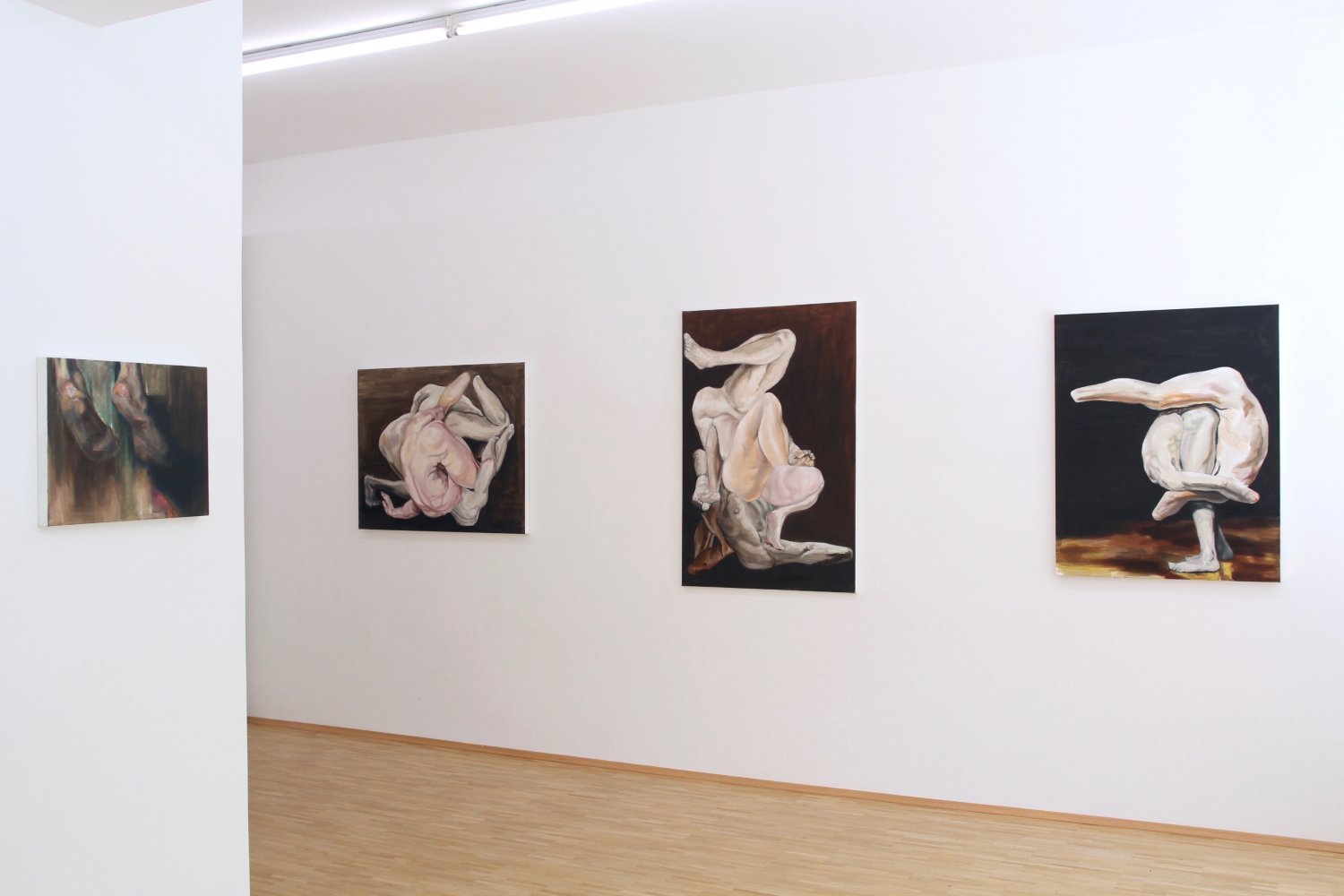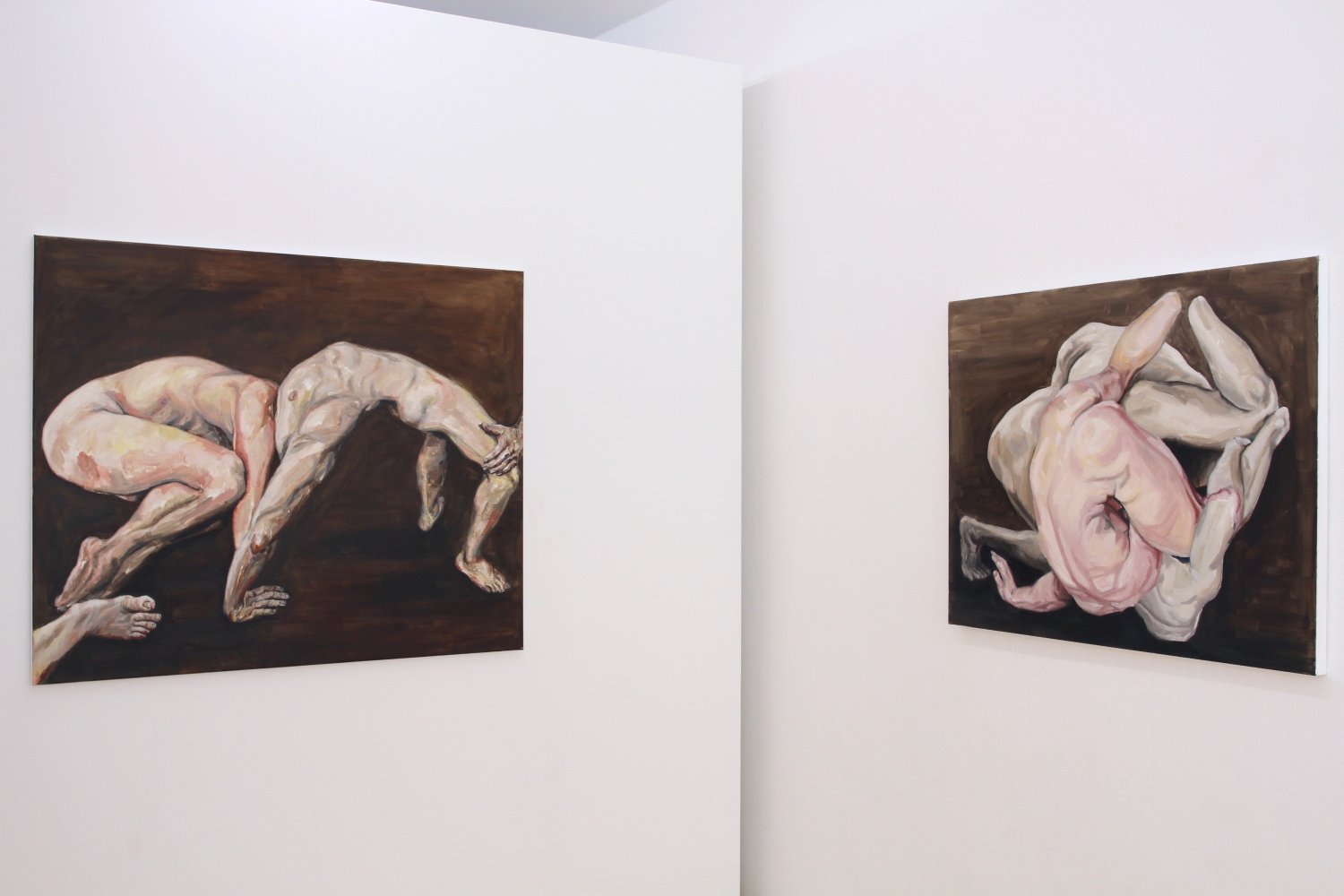Stewart Hall
Disembodied
30 June - 12 July, 2020
Photo by Max Boutwell Draper
Disembodied: “seeming not to have a body or not to be connected to a body.[1]”
“In his Meditations on First Philosophy (1641), French philosopher and mathematician René Descartes first articulated a distinct separation between the immaterial mind and the material body. Composed of a simple and literal premise—two arms, two legs, a torso, and a head—Disembodied was installed to reflect the human form as well as the complex and sometimes troubled relationship between mind and body.[2]”
When memory is invoked, it can often be at the service of nostalgia: of better, gentler, safer times. At its most powerful it upturns the idea that the past is even past. Legacy is everywhere, haunting our present reality. Memory is a potent touchstone, a residue that clings to objects or intangibly lingers serving a desire to retreat into the security of a saccharine view of the past. Memory, moves between the real and the fragmented, to the idealised and diminished. The nostalgia of memory can be a tempting trap, it can be a way to gloss over the past.
This body of work came about by the constant upheavals brought about as a consequence of feeling foreign. A feeling of dislocation led to an overwhelming sense of disembodiment. Memories are fragmented, when thinking back certain things feel clear, whilst others appear fractured and intangible. Faces don’t belong to bodies, memories become an interwoven intangible confection of forms. This work is a resuscitation of the disembodied forms through the memory of the artist.
[1] Cambridge Dictionary, https://dictionary.cambridge.org/dictionary/english/disembodied , accessed. Feb 24, 2020.
[2] Aspen Art Museum, Disembodied, https://www.aspenartmuseum.org/exhibitions/118-disembodied , Feb 12, 2010 par 2, accessed. Feb 24, 2020.
INSTALLATION PHOTOS
Photos by Max Boutwell Draper





